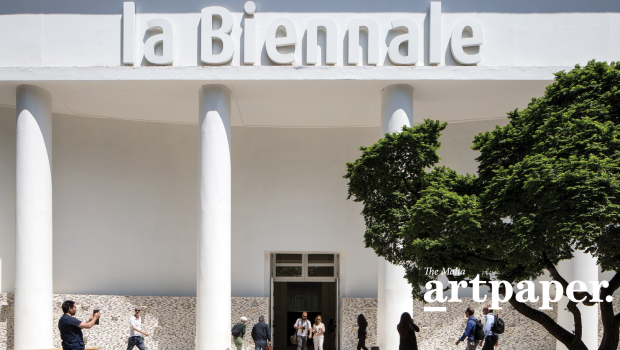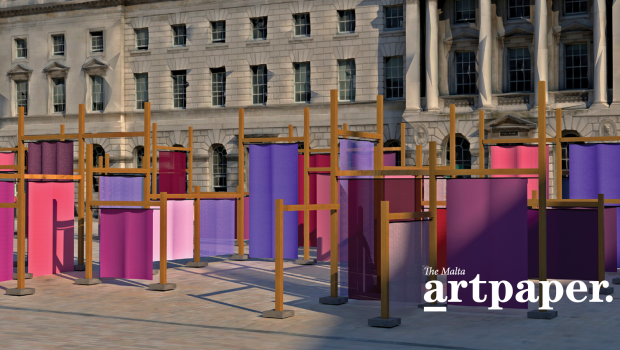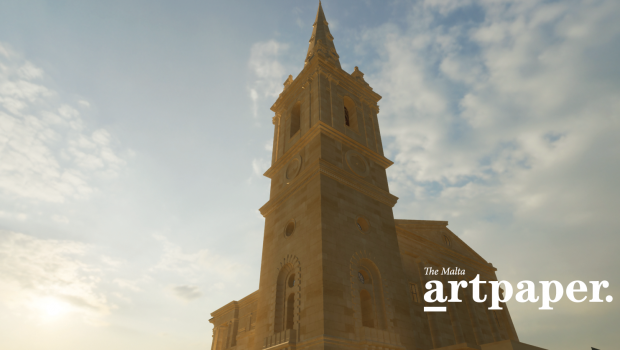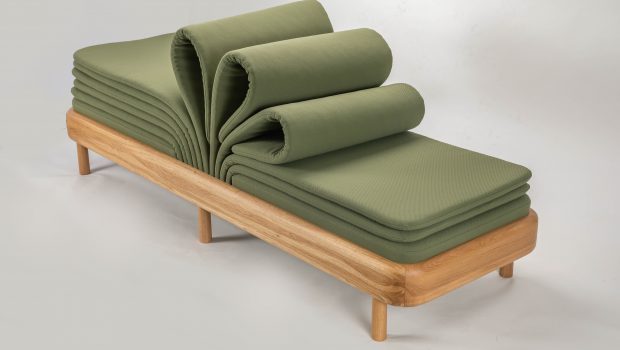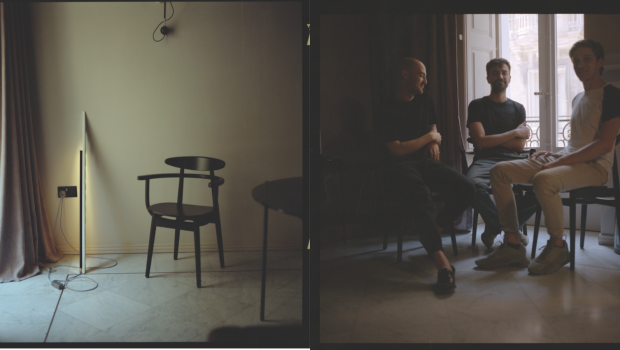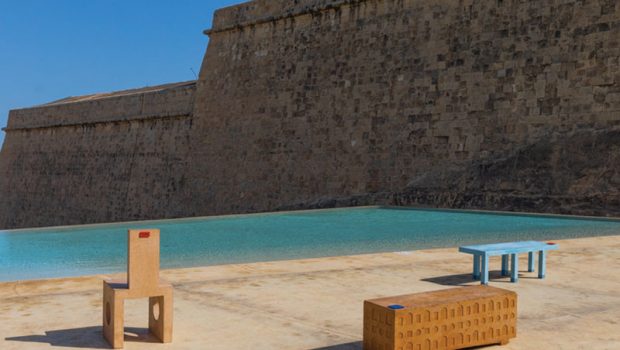The Bauhaus Centenary and the Grand Tour of Modernism
A tour of significant buildings showcasing one hundred years of modern architecture
Do you know Bauhaus? Certainly, you may say. But a homogenous Bauhaus movement never actually existed. The Staatliches Bauhaus (State Bauhaus), an art school founded in Weimar in 1919 by architect Walter Gropius, soon became something closer to a school of design and moved to Dessau.
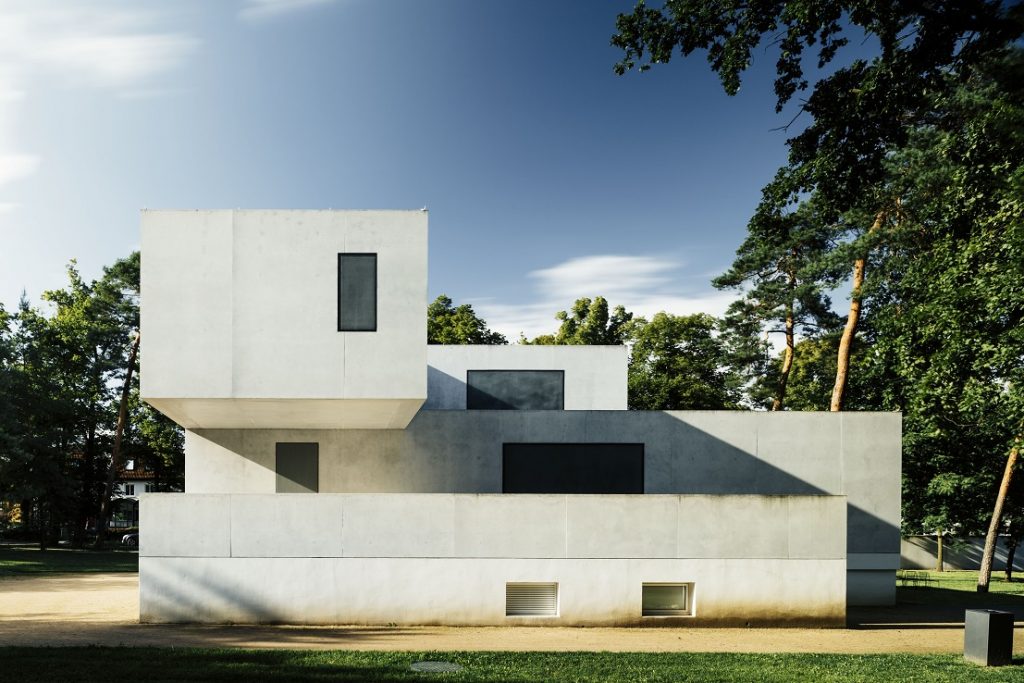
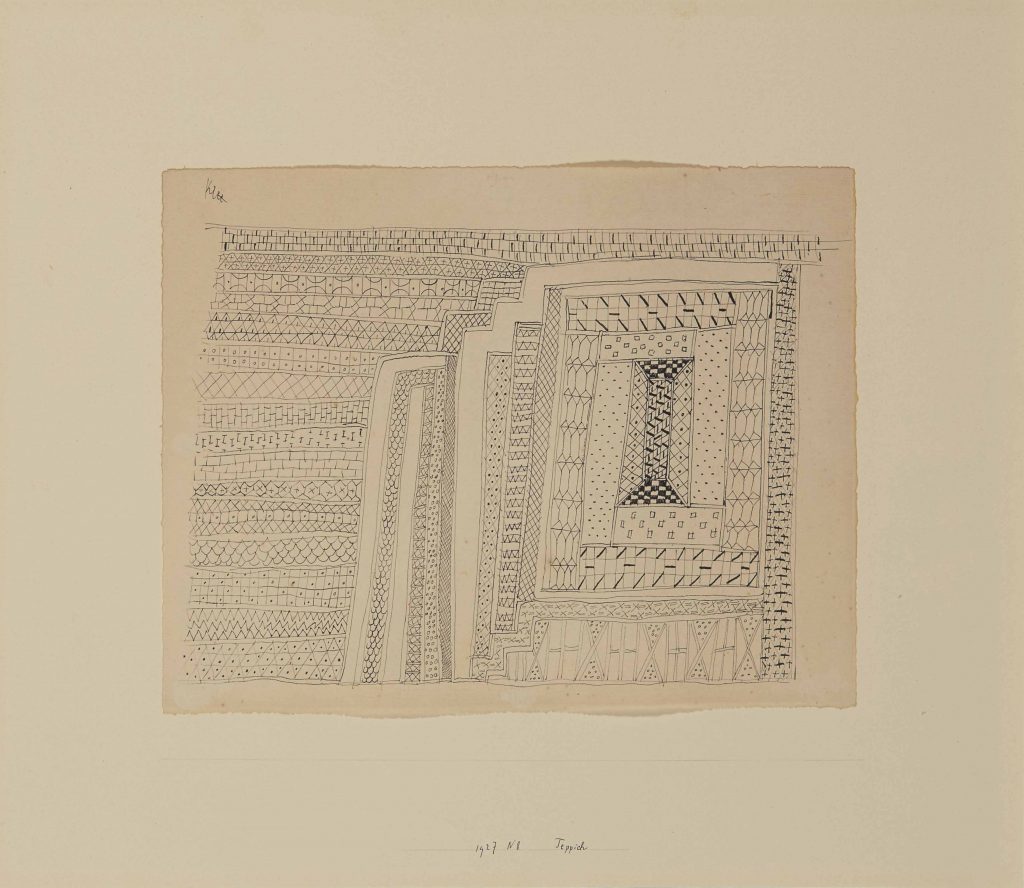
It then moved to – and closed in – Berlin as a private education institute, all in just 14 years of experimenting in the free and applied arts, architecture, design and educational methods. Yet the impact of the Bauhaus was so strong that, for some, the term is synonymous with modernity, especially with regard to buildings. This year, the Grand Tour of Modernism, celebrating Bauhas’ 100th anniversary, will tell you all you need to know about the movement.
The Bauhaus was a creative school among many others, which emerged after the devastating First World War. It radically broke with the grandmotherly Belle Epoque style: the Bauhaus crowd lived the revolutionary reforms of the time and light and lightness were now on the agenda. The homely British Arts and Crafts Movement, the playful French Art Nouveau and its German counterpart Jugendstil had to quite literally leave the living-room. The Bauhaus masters and their students redesigned everything – from homes and furniture to lamps and carpets, kitchenware and toys.
Their aim was to design something decent and honest, a product that would stand the test of time. Ideally, you would only buy a teapot once in your life. Long before ‘sustainability’ was a buzz-word, the Bauhaus incorporated it into its developments. For example, the Frankfurter Küche, the first fitted kitchen, was a Bauhaus feature designed by architect Margarete Schütte-Lihotzky. She researched how her friends worked in a kitchen, how they mixed cake batter and how they placed a saucer on a shelf. This provided her with the measurements and layout for the new standard kitchen, which came to replace the free assembled kitchens that were more common until the 1920s.
Since the overall concept of Bauhaus was to create a Gesamtkunstwerk, that is, a total work of art, the students of the Bauhaus School practiced many diverse disciplines, including photography, music, theatre and even dance. They created graphic design and advertising, for both themselves and for third parties. Indeed, Bauhaus founder Walter Gropius was not only an innovative architect, he was also an excellent salesman: the ability to market new design products was a large part of the Bauhaus’ success story.
The Bauhaus aesthetic was stark and functional, thus the expression ‘form follows function’, but products often came in small numbers and were not cheaply-priced. Despite the claim that everybody should be able to enjoy Bauhaus design, not everyone could afford it. As a consequence, Bauhaus suffered during the worldwide economic crisis of 1929 and was finally closed in 1933.
Fast-forward to 2019, and no less than to ‘rethink the world’ is the motto that the German Bauhaus Association 2019 has adopted for its multitude of events, exhibitions and communication projects. New Bauhaus museums are being built in Weimar, Dessau and Berlin, while hundreds of activities are scheduled to take place during the year.
For Bauhaus enthusiasts, a Grand Tour of Modernism is recommended: a tour of significant buildings showcasing a hundred years of modern architecture. Some are impressive UNESCO World Heritage sites, while others are single houses that can only be viewed from outside. Bauhaus town halls, an employment office, municipal baths, observation towers, power plants, churches, and a crematory are all included in this tour.
The Grand Tour also takes in the birthplace of the Bauhaus in Weimar, the former Grand Ducal Saxon School of Arts and Crafts, designed and later directed by Henry van der Velde and, of course, the iconic Bauhaus school building in Dessau-Rosslau, built in 1925/26 by Gropius himself. Also nearby are the Masters’ Houses: the villa of the Gropius family and the semi-detached houses of Moholy-Nagy/Feininger, Muche/Schlemmer and Kandinsky/Klee. Surprisingly, these professors of the Bauhaus lived as tenants in the houses they designed themselves: they were built by the city of Dessau.
Meanwhile, the Bauhaus Archiv/Museum für Gestaltung (the Bauhaus Archive/Museum of Design) in Berlin is due to re-open this autumn. It hosts the world’s largest collection of material on the history and influence of the Bauhaus. Albert Einstein’s wooden summer-house in Caputh is another example of the Bauhaus style, while in Alfeld (near Hannover), the Fagus Factory is a UNESCO World Heritage Site and an outstanding example of how the Bauhaus used cubic forms and constructed façades of metal and glass.
More information on the Bauhaus centenary celebrations can be found on www.grandtourofmodernism.com and www.bauhaus100.com

